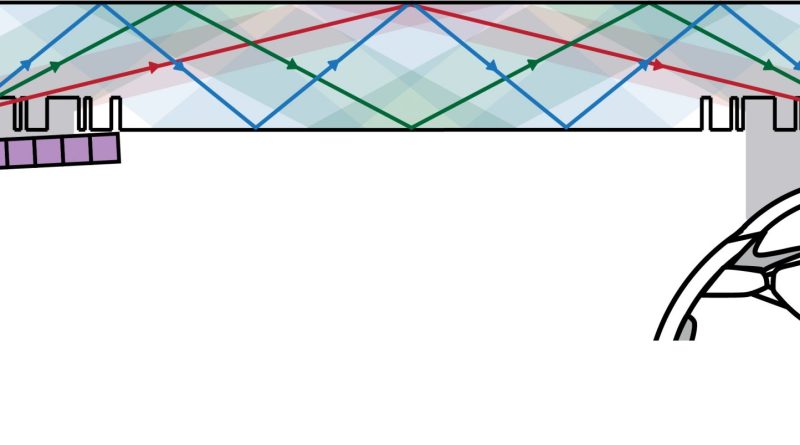Seeing is Believing: Stanford’s AR Leap Towards Holographic Horizons
Could Stanford’s newest AR glasses render our smartphones out of date? Here’s why the long run is likely to be worn over your eyes, not held in your palms.
Stanford University’s Computational Imaging Lab has launched a holographic glasses prototype which may simply redefine the way forward for augmented actuality (AR). Their innovation hinges on a revolutionary nanophotonic metasurface waveguide and AI-enhanced holographic imaging know-how, making the gadget thinner, lighter, and extra visually impactful than present AR choices. Unlike typical cumbersome AR techniques that rely on intensive {hardware}, Stanford’s prototype integrates full-colour, three-dimensional photos that seem to drift at numerous depths, providing a richer visible expertise.
These AR glasses use waveguides-a know-how that directs gentle by means of glasses into the viewer’s eyes, enhancing the readability and depth of holographic projections. The Stanford crew has innovated a novel metasurface that eliminates the necessity for the cumbersome collimation optics historically required, streamlining the gadget to doubtlessly match the type of common eyewear. Moreover, the incorporation of AI algorithms improves the constancy and accuracy of the photographs, guaranteeing that digital and real-world objects are offered with beautiful readability and realism.
Currently, the prototype‘s discipline of view is comparatively slender at 11.7 levels, a limitation when in comparison with current merchandise just like the Magic Leap 2 or Microsoft HoloLens. However, the crew has developed a plethora of visible aids and demonstrations that recommend vital potential for scalability and enchancment. The final purpose is to supply AR glasses that not solely compete with however surpass the visible capabilities of in the present day’s market leaders, incorporating seamless integration of digital and bodily realms.

The implications of such know-how are profound. For one, it may dramatically alter industries reliant on AR, from gaming and leisure to training and emergency response. The means to challenge detailed, interactive 3D photos straight onto our pure surroundings may improve how we be taught, navigate, and expertise the world, making digital data a extra built-in and accessible a part of on a regular basis life.
Yet, with innovation comes problem. The know-how’s success hinges on overcoming present limitations in discipline of view and guaranteeing the gadget’s adaptability to numerous environmental circumstances. Moreover, points like energy effectivity, person consolation, and value will play essential roles in figuring out its viability for shopper markets.
As Stanford’s crew continues to refine and take a look at their prototype, the query stays: Will these AR glasses develop into the brand new normal, remodeling how we work together with know-how, or will they continue to be an formidable however unattainable imaginative and prescient? How the crew addresses these hurdles may very properly form the way forward for augmented actuality.
The submit Seeing is Believing: Stanford’s AR Leap Towards Holographic Horizons appeared first on Datafloq.

